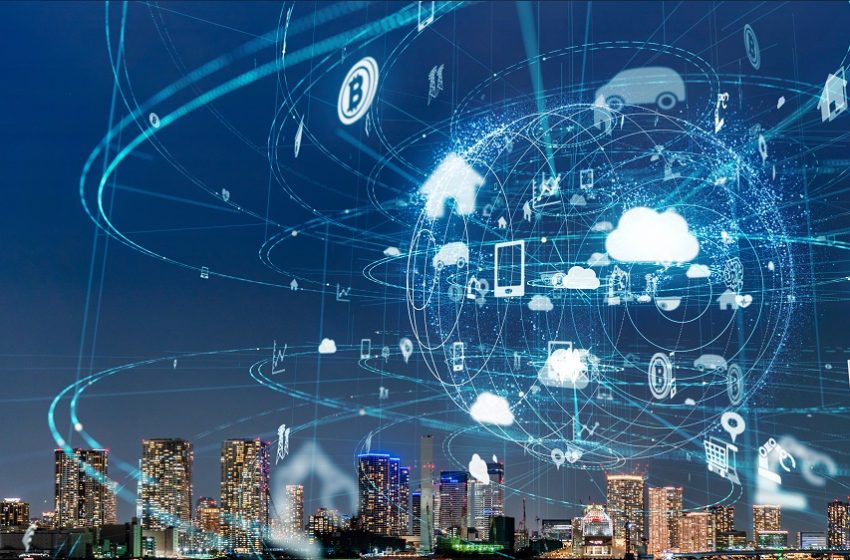How business and workforce landscape will change post Covid-19

Smart city and IoT (Internet of Things) concept. ICT (Information Communication Technology).
Bhaskar Majumdar
The global Covid-19 pandemic will definitely alter the way the world functions, across verticals, industries and businesses. The change would be akin to what the great depression, the dotcom bubble and the 2008 global financial recession did in the past. There will be a “new normal” that would emerge.
Rural India is already overtaking urban India in terms of internet usage. As per a recent report by the Internet & Mobile Association of India (IAMAI) and Nielsen, rural India had 227 million active internet users, 10% more than urban India’s about 205 million, as of November 2019. On April 15, 2020, in the midst of the Covid crisis, the Government launched the Aarogya Setu application to track Covid-19 cases. This singularly indicates the utility of smartphones during and post the Covid era.
Speaking in terms of businesses, the technology and the telecom sector, particularly, will witness far reaching impacts in 2020 and beyond. However, experts opine that most of the implications will be rather short term. As the world will be more connected digitally, in the post-Covid-19 era, the telecom industry will need to perform better to stay afloat.
Average Revenue Per User (ARPU) may also take a hit as countries will demand on bill waiver programmes to keep the financially weak industries floating. With the scarcity of labour and available workforce, customer support functions will also witness ramified implications. Wherever possible, the staff will be required to work from home. As we all know, 5G spectrum auctions and their deployments are witnessing delays across countries worldwide.
Online-based products and services companies will see demand from new areas, hitherto non-existent. Similarly, ed-tech and online education along with firms involved with online-skill development, upskilling and reskilling will witness rapid uptick. All schools and colleges during the ongoing lockdown have taken the digital route to reach out to their students. Daily classes have now become virtual and this has also increased the demand for laptops as well as smartphones. Online grocery shopping has seen an impressive increase too.
We have seen that earlier, on an average, a family used to have one laptop and individual mobile phones. In the post-Covid era, we may see a minimum of two laptops and spare smartphones in all houses for better and streamlined connectivity and seamless usage. Smartphones in sub-Rs 10,000 and sub-Rs 15,000 category will witness a huge growth in demand over the coming years. Besides cameras and batteries, RAMs and memory cards will be key consideration criteria for the buyers. Aggressive pricing models to address the demand latency will make mobile manufacturers heavily incentivise both their offline as well as online channels.
There is also a possibility of increase in sales of refurbished handsets too and the major customer will be senior citizens and school students. The sale of refurbished mobile phones are expected to rise post-lockdown as people will be more frugal with spending money. The Ministry of Electronics and IT has recommended to the Home Ministry to include mobile devices, including laptops, in the list of essential goods.
We are aware that mobile phones, laptops and tablets are mission critical to the functioning of governments’ offices, hospitals, doctors, healthcare workers, law enforcement agencies, schools, colleges, alike. This trend will only snowball in the coming years. The organisations will need to adapt a more digitally future forward approach to effectively sail through the tide and ensure a brighter future.




1 Comment
[…] This initiative would help more women entrepreneurs in working towards economic recovery post-pandemic,” said Bandelkar adding the members of the newly-formed women arm are likely to avail […]